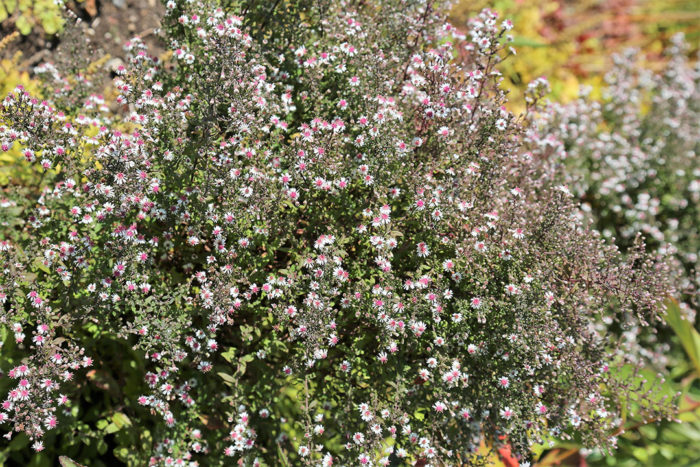
There is no reason to stop gardening in fall. With an amazing selection of beautiful fall-blooming and fall-foliage plants and with the soil still warm, fall is a great time to add new plants to your garden. Most of these late-blooming plants are just getting started in September and look great until late October and sometimes even November here in the Pacific Northwest. Some of my favorites at this time of year are asters, many of which have been reclassified into new genera. Symphyotrichum (that’s a tough one) and Eurybia are two new genera of many familiar species of asters that we all know and love. These genera of plants are great for late-season flowers and color. As a bonus, they are excellent late-season resources for beneficial pollinators and wildlife, especially birds. They are easily adaptable and look great in all styles of gardens from relaxed meadows to formal borders and anything in between. They can be manipulated in size as well with a late-spring Chelsea chop or left alone to grow large and billowy, intermingling with other plants. Here are a few of my current favorites that look great now and will until late fall.
Calico aster (Symptyotrichum laterifolium, Zones 4–8)—formerly Aster laterifolius
Commonly known as the calico aster, this dark-leaved plant provides a great contrast to bright green-leaved plants in a mixed border. Its color can also complement purple- and red-toned flowers or foliage in the late season. It has long, vase-shaped stems that are covered in hundreds of tiny, white-to-pink flowers with darker centers of purple and raspberry pink. A benefit to this species is that it has tough stems that do not require staking. It also is great for growing through other earlier blooming plants and shrubs like masterwort (Astrantia spp. and cvs., Zones 4–8), roses (Rosa spp. and cvs., Zones 3–9), and ornamental grasses. Calico aster does not require overly rich soils; in fact, it tends to flop over in those conditions. It prefers full to partial sun, and while fairly drought tolerant once established, it is used to an occasional watering in the summer, like all Midwestern plants. There are three cultivars of this species that are great for our Pacific Northwest gardens: ‘Prince’ grows 2 feet tall and 3 feet wide without any early season pruning. ‘Lady in Black’ grows larger at 3 feet tall and 3 to 4 feet wide, is great at intermingling with other plants, and is a must-have in any garden. ‘White Lovely’ is a cultivar that is harder to find. At 1½ feet tall and wide, it is smaller in size but is covered in beautiful, tiny, white daisylike flowers with yellow centers.
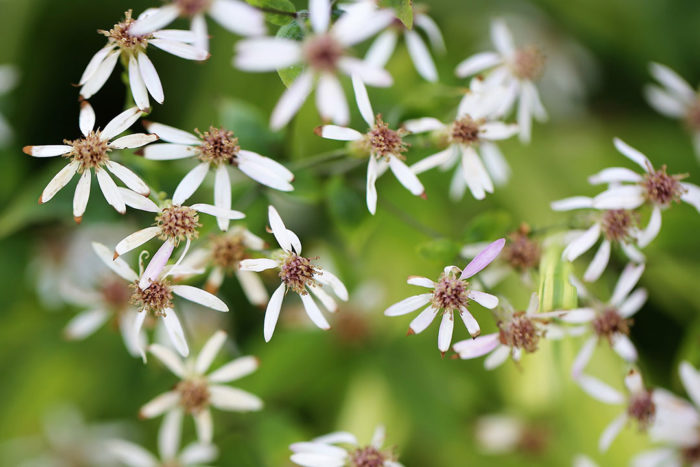
Wood aster (Eurybia divaricata, Zones 3-8)—formerly Aster divaricatus
This scrambling woodland plant is a beautiful summer to late-fall bloomer. Wood aster tolerates dry areas once established and prefers partial sun to shade, so it’s a great plant for under both deciduous and evergreen tree canopies. Its small flowers are white with yellow centers that change to a red chestnut brown as they mature and set seed. It easily self-seeds in woodland and naturalistic garden areas and can be divided in fall to make more plants. The dark stems have rather large heart-shaped leaves that look lovely running through other plants such as epimediums (Epimedium spp. and cvs., Zones 4–9), ornamental grasses, and other evergreen shrubs. Wood aster grows 1 to 2 feet tall and 2 to 3 feet wide.
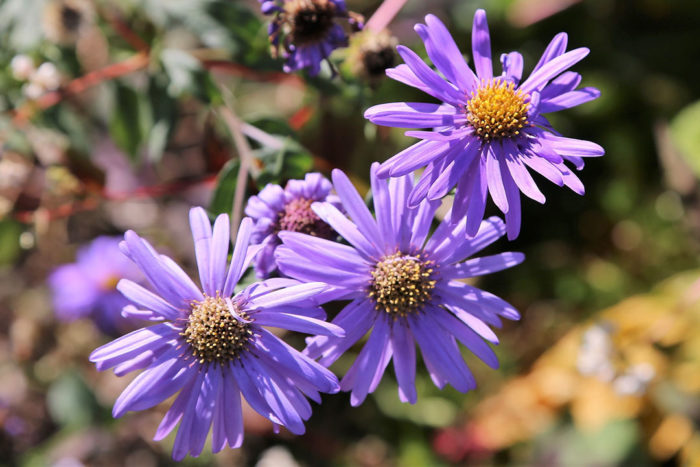
Frikart’s aster (Aster × frikartii, Zones 5–8)
This classic European hybrid does a great job from summer until late fall filling the garden with beautiful lavender-blue flowers with yellow centers. Frikart’s aster is a hybrid of two other European asters that typically grow along a streamside and in other wet areas, so this aster would work well in a watered garden or a moist summer area. But be aware that soil waterlogged in winter will surely kill it! It has 1- to 2-inch flowers—very large compared to those of the parent plants. Frikart’s aster prefers full to partial sun and is another great candidate for scrambling through other plants in the mixed border, and its long bloom time makes it a terrific addition to any garden.
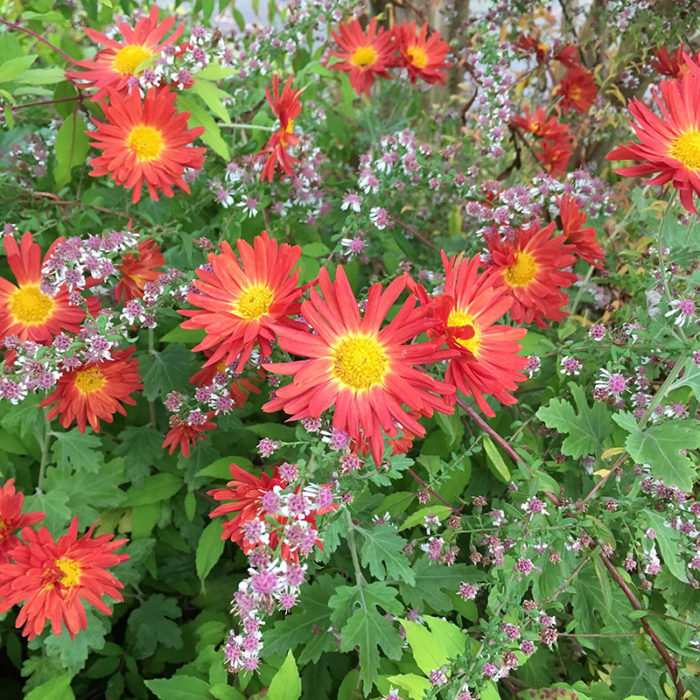
I hope this article will inspire you to try some of these asters in your own garden. All the plants mentioned above are an amazing source of pollen and nectar for beneficial pollinators as well as a seed source for wild birds. Adding them to your garden will ensure that you have beautiful color that blooms late into the season.
—Jason Jorgensen is a landscape designer in Seattle.
Fine Gardening Recommended Products

Pruning Simplified: A Step-by-Step Guide to 50 Popular Trees and Shrubs
Fine Gardening receives a commission for items purchased through links on this site, including Amazon Associates and other affiliate advertising programs.

Planting in a Post-Wild World: Designing Plant Communities for Resilient Landscapes
Fine Gardening receives a commission for items purchased through links on this site, including Amazon Associates and other affiliate advertising programs.

Nesco Snackmaster Express Food Dehydrator
Fine Gardening receives a commission for items purchased through links on this site, including Amazon Associates and other affiliate advertising programs.






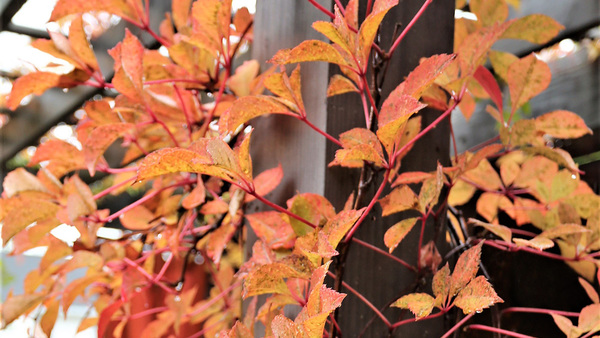















Comments
Log in or create an account to post a comment.
Sign up Log in